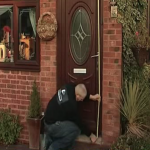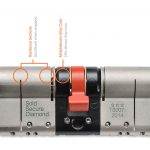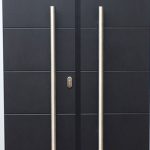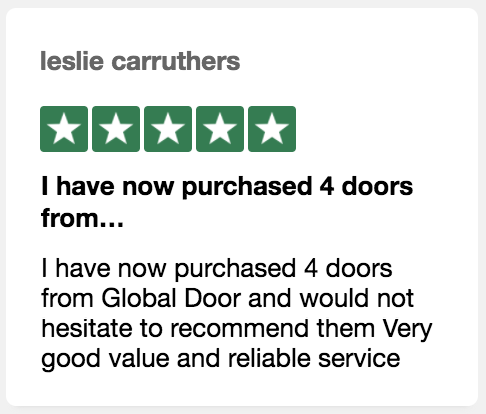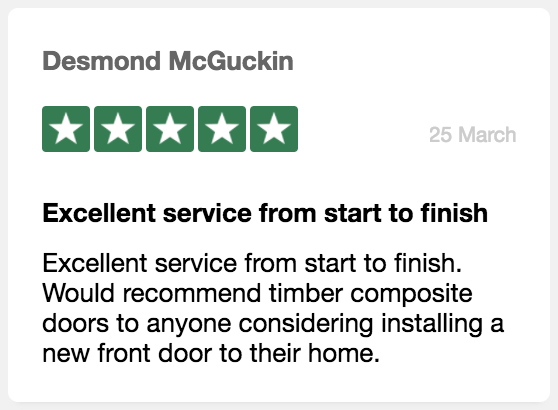How secure are Composite Doors?
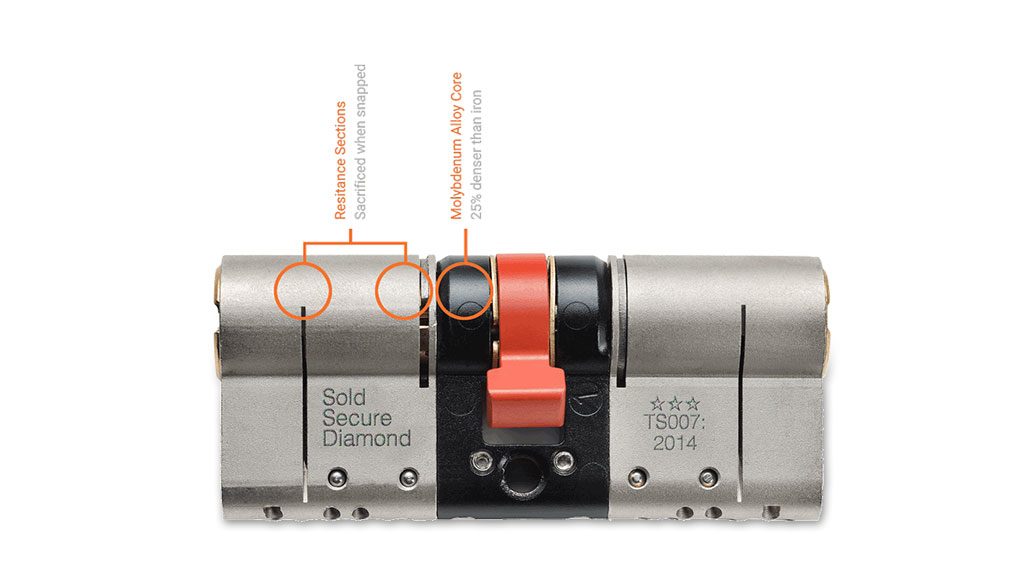
Your Composite Door Questions Answered:
How secure are Composite Doors?
Any door is secure until someone tries to force entry – it is only then that you find out exactly how secure it is – as the Composite Door is the relative newcomer on the door scene it has arrived at about the same time as tests on doors for strength, durability, security and thermal efficiency have become the norm rather than the exception.
Anyone currently thinking of buying a Composite Door can be assured that at some stage in its development the door will have been rigorously tested by “third party testing houses” rather than the manufacturer themselves, to ensure that it reaches certain required standards and when you receive your door it should have the appropriate certification to confirm it has met the standards. The three items you should be looking for are-
PAS 24 – a specific accreditation which is recognised by both Police and Insurance companies for enhanced security and is a requirement for composite doors in order to meet the current Building Regulations.
The CE Mark- (the abbreviation of French phrase “Conformité Européene” which literally means “European Conformity”. The term initially used was “EC Mark” and it was officially replaced by “CE Marking” in the Directive 93/68/EEC in 1993)
-with PAS24 -2016 certification and you can pretty much be assured of a quality purchase
Secured by Design-which is the official UK Police flagship initiative supporting the principles of ‘designing out crime’? Secured by Design focuses on crime prevention of homes and commercial premises and promotes the use of security standards for a wide range of applications and products including the supporting of PAS 24
It is fairly true to say that all Composite Doors are designed to be secure, from the basic construction to the accessories that come as options.
The basic construction – whether it be a with a CFC-free insulating polyurethane (PU) foam or laminated hardwood core they are both supported by a reinforced frame and clad each side with 2mm GRP which forms not only an impervious weather barrier but also creates an impressive physical barrier to the burglar’s normal tools of hammer, chisel, crow bar etc
The locking system – this comes in two parts – the multi point locking system and the locking cylinder –
When you look at the locking edge of any Composite Door you will notice a metal strip that runs from top to bottom- engage and turn the handle/key in the lock when the door is open and you will see hook shaped dead bolts emerge from top, centre and bottom of this metal strip these are the same deadbolts that engage with matching slots on the door frame when the door is locked/closed.
The locking cylinder is the part of the locking cylinder where you turn the key – the bit burglars normally attack first by picking, snapping or bumping your lock – there are numerous locking cylinders available and different ones are used by different manufacturers – many of these cylinders make claims as to resistance of their cylinders to attack but the one which is currently the market leader with proven credentials and which has been adopted by many of the leading manufacturers is the “ULTION” this article “lock snapping dispelling the myths” showcases the credentials of the Ultion lock and actually includes a short video of thieves failing to force an Ultion lock.
The article “What does security mean to you” provides further information on the locking systems and Certification Standards that are typical for most Composite doors
Glazing Units – no matter how sophisticated the glazing you choose may be it will almost certainly come in the form, whether it be double or triple glazed, of a pre formed “Glazing cassette” which is slotted into your door from the inside (no exposed glazing beads) and securely clipped with beads from the inside. The option to upgrade to a laminated outer skin (the same glass as a car windscreen) which crazes but does not break is available from most manufacturers. To illustrate the strength of modern door glazing this article “Imagine being awoken at 4AM by two intruders smashing a brick into your front door?” shows exactly how resistant they can be.
The accessories – the two most common and the most useful are –
The security Chain – which allows you to open your door only to a controlled distance allowing conversation and the passing of letters or small parcels but prevents the individual on the outside gaining access.
The Spy Hole – just like a small telescope which passes through the core of the door and allows you to see who is outside which gives you the option of whether or not to open your door.
How secure are composite doors? – answer “VERY secure” when a composite door comes with all of the above features, no other door on the market can match the security and durability that composite doors provides.









